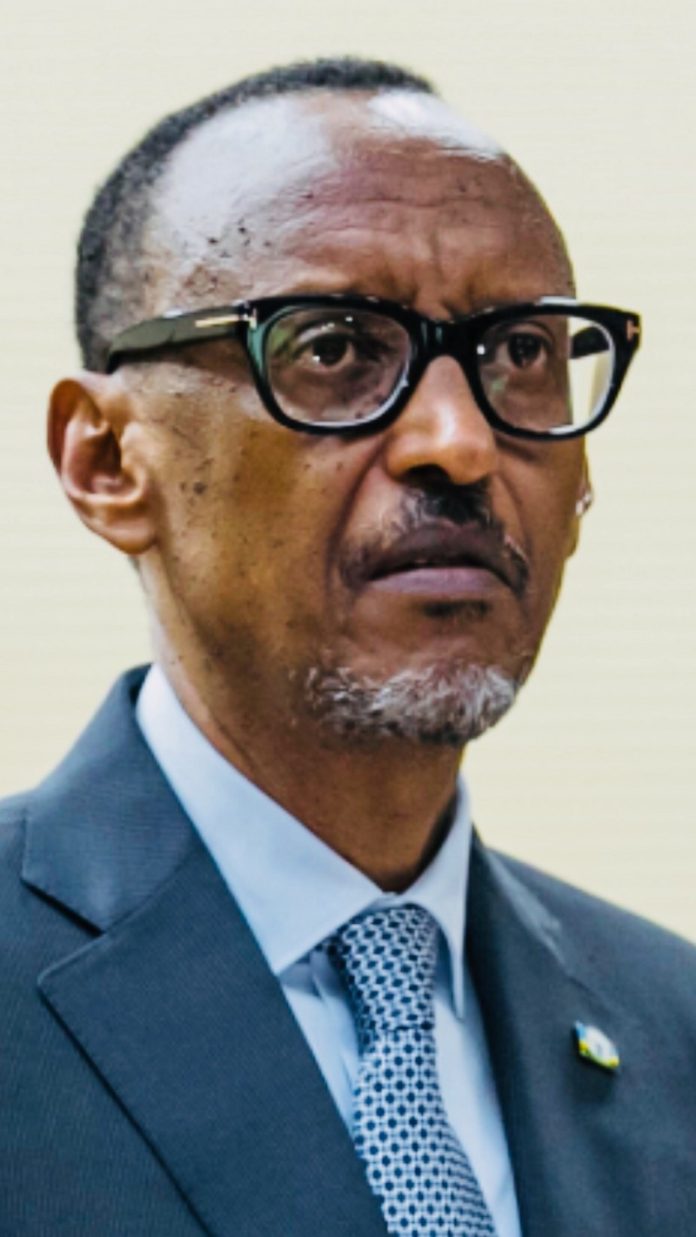On 3rd March 2021, in an interview with Evgeny Lebedev, owner of the Evening Standard and The Independent newspapers, President Paul Kagame argued that “there are many Hutus that died. But they did not die as a result of being targeted for who they are.” This claim on the motive of the killing of innocent Hutu people contradicts the available information and reports from United Nations agencies, Human rights advocacy organisations and researchers. His statement amounts to a denial of the Hutu genocide that his army committed on Hutu people in Rwanda and in DRC.
This is not the first time President Paul Kagame makes a confession around the massacres of Hutu people. Previously, for example, in an interview with Washington Post on 9 July 1997 as a Defence Minister, he acknowledged that his troops had played a key role in the AFDL campaign to destroy Hutu refugee camps in DRC. What is new, however, is to hear him acknowledge that a high number of Hutu people died.
In stating that Hutu people were not targeted for who they are, Paul Kagame is trying to deny the key element which qualifies the killings of Hutu people as a crime of genocide: The “intent to destroy, in whole or in part, a national, ethnical, racial or religious group” of the Convention on the Prevention and Punishment of the Crime of Genocide. All genocides are confronted with their denial, mainly by the perpetrators, the Genocide committed against the Hutu people in Rwanda and in DRC is no exception.
In July 2019, Global Campaign for Rwandans’ Human Rights (GCRHR) coordinated a research initiative on the crimes committed against members of the Hutu ethnic group by the Rwandan Patriotic Army (RPA) in Rwanda and subsequently with the Alliance des Forces Démocratiques pour la Libération du Congo-Zaïre (AFDL) rebel group in DR Congo (former Zaïre).
GCRHR’s research confirmed that Hutu people were killed only because they were members of the Hutu ethnic group. It demonstrated how RPF selectively targeted Hutu people without regard to their age, gender or nationality, separating them from other ethnic groups and killing them all.
In Rwanda, the Special Investigation Unit of the United Nations International Criminal Tribunal for Rwanda reported cases where RPA separated Hutus from Tutsi and executed them, such as in Runda, Gihara Commune, wherein mid-June 1994, “all the companies of the 101th Batallion were gathered. At the Market of Gihara, there were about 300 people who had taken refuge. They were mixed, Hutu and Tutsi. The IO [intelligence officer] of the 101th Battalion gave the order to separate the Hutu from the Tutsi and to kill the Hutus. 25 Tutsi who were not killed, had been put on the side. All the other Hutu were killed” (Mohamed, L. A., Maiga, H. & Bastarache, J., 2003. General Report on the Special Investigations concerning the crimes committed by the Rwandan Patriotic Army (RPA) during 1994)
In DRC, the crimes committed against Congolese Hutu civilians, in particular in Rutshuru, North Kivu, DRC, highlight the specific targeting of the Hutus, since people who were able to persuade the aggressors that they belonged to another Congolese ethnic group were released just before the massacres. The systematic use of barriers by the AFDL and RPA particularly in South Kivu enabled them to identify people of Hutu origin from Rwanda or from Burundi by their name or village of origin and thus to eliminate them (Office of the United Nations High Commissioner for Human Rights, 2010: para 514, p 280).
Paul Kagame can not deny that his forces hunted Congolese Hutu villagers in Kivu villages (Musekera 20/10/1996, Bisoko, Mugwata 30/10/1996, Mugogo market 18/11/1996, etc…) where they had lived for centuries and had nothing to do with Rwandan conflicts. There were no Rwandans among them or anywhere near. They just happened to be members of the Hutu ethnic group that was the target of the Hutu genocide.
GCRHR’s main evidence underlying the conclusion that Paul Kagame’s RPA and AFDL forces intended to eliminate all the Hutu is the commonality of the massacres of all men, women, children, the elderly and the sick from the Hutu communities, and only from these communities. The attacks took place in each locality where the Hutu population and Hutu refugees were detected by the forces on a very large area of the Congolese territory from East to West and the relentless pursuit of Hutu refugees lasted months (OHCHR, 2010: para 31, p. 14).
In contrast with Paul Kagame’s argument, GCRHR’s research initiative concluded that the wholesale killings of hundreds of thousands of Rwandan Hutu population in Rwanda and of Rwandan Hutu refugees, Burundian Hutu refugees and Congolese Hutu citizens in DRC on the basis of their membership to Hutu ethnic group and without regard to their age, gender or nationality by the RPA and its Congolese ally, the AFDL rebel group is a CRIME of GENOCIDE in line with the authoritative definition of the crime of genocide by the 1948 United Nations Genocide Convention
Global Campaign for Rwandans’ Human Rights (GCRHR) is an advocacy organisation that brings together human rights experts, human rights campaigners, human rights lawyers, and human rights enthusiasts in promoting the respect of human rights in Rwandans and in the African great lakes region































































